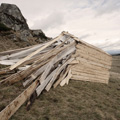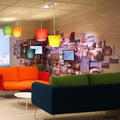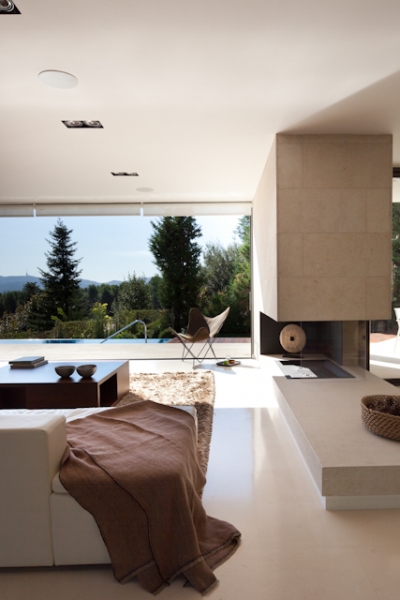
Project: House Rehabilitation In Bellaterra
Designed by Ylab Arquitectos Barcelona
Authors: Tobias Laarmann y Yolanda Yuste López
Area: 442 m2 interior + 700 m2 garden
Location: Bellaterra, Barcelona, Catalonia, Spain
Website: www.ylab.es
Ylab Arquitectos Barcelona share with us their design for House Rehabilitation In Bellaterra, project is located on a plot with a strong slope, making the most of the location in a part of the house the architects have marvelously merged outdoor and indoor space.
For more images as well as the architects' description continue after the jump:
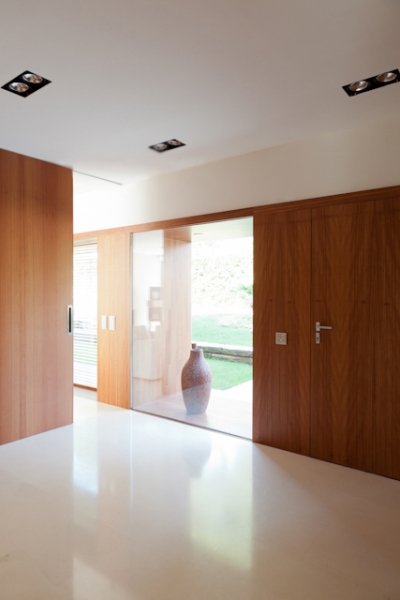
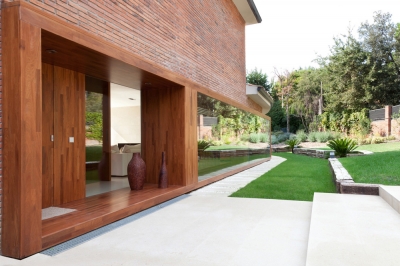

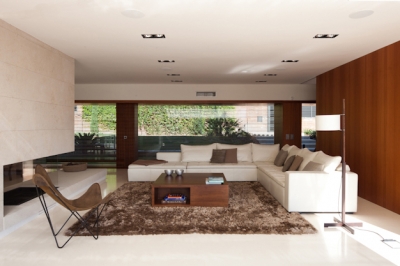
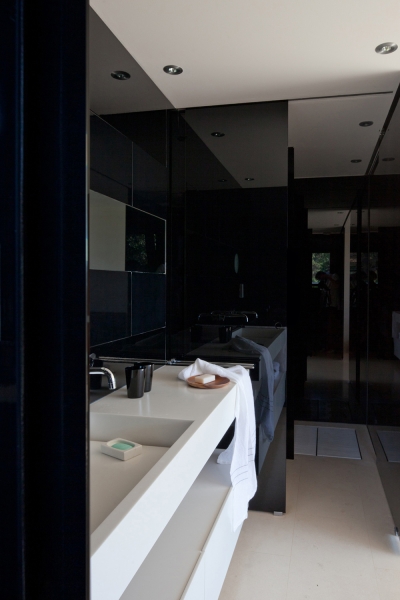
From the Architects:
The project consists of the rehabilitation of a one family house and its outdoor space located in the beautiful residential area of Bellaterra, in Cerdanyola del Vallès; closed to Barcelona and in the surroundings of the Collserola natural park.
The owners, a family passionate about light and spacious interiors, bought the property because of its fantastic views, but knew from the beginning, they needed a radical rehabilitation that would transform the house and its outdoors.
The original property, located in a plot with a strong slope, consisted of a 442 m2 house divided in two floors and an underground level. Both the garden and the house were showing considerable problems that had to be solved. On the one hand, the house had a very irregular and angular brick work volume, with porches and windows in many different sizes and sometimes poor exterior connections. On the other hand, the outdoor spaces were badly designed, with a back garden which was in a much lower level than the house and it ended in such a strong slope that was very difficult to use or enjoy. Finally, the inner distribution was narrow and dark, with many different too small rooms and long corridors.
First of all, the proposal aims to unify the exterior aspect of the house. To achieve this, the dimensions of the existing porches and windows were adjusted; and some new windows were opened to allow daylight to flood in.
On the north side, the front façade, which was almost blind and had a narrow and useless porch, required a more radical intervention. For that, the porch was eliminated and the façade level was moved forward occupying the porch space and making the living room bigger. A large 13 meters Niangon wood window appears in its place, integrating the access door and connecting the living room with the front garden.
On the back garden, a series of terraces were created as an extension of the house, to soften the slope of the plot and make all the gardens usable. The first terrace is situated at the house ground level, covered with bushhammered Sabbia natural stone and partially cantilevered over an Ipe wooden terrace and an infinity pool. A wooden stairway leads down to the terraced garden, closed to the Sabbia stone wall of the pool.
Regarding the interior distribution, the proposal chose to empty the house interior and offer a new contemporary functional program; creating large spaces formed by different interconnected ambients, with large central vestibules for access and vertical communication which join the spaces on both sides without using corridors.
The ground floor is formed by a large living room with a dining area, subtly separated by a big Sabbia natural stone fireplace, and a kitchen at the back. The living room opens up toward the back terrace through large sliding glass doors that can be fully hidden inside the façade, and also toward the front garden through the large wooden window. The result is a very luminous inner space with many visual connections to the outdoor space. In that same floor, on the other side of the entrance vestibule, there is a more private continuous space formed by a family room, an office and a music room that can be separated from the rest by two large sliding doors.
The upper floor is formed by the different dormitories, separated by the central vestibule which is used a children leisure room. The master dormitory is composed by a closet, a working desk integrated in the bedroom, a bathroom and an own terrace.
In the interior, the pavements are covered with natural Sahel polished limestone, which reflects the light increasing its intensity; the walls are painted in ivory white color; and the built-in furniture are finished in ivory white satin lacquer or natural tropical Etimoe wood, showing an elegant orange grain that bring a look of natural warmth in contrast with the white and glossy surfaces.


